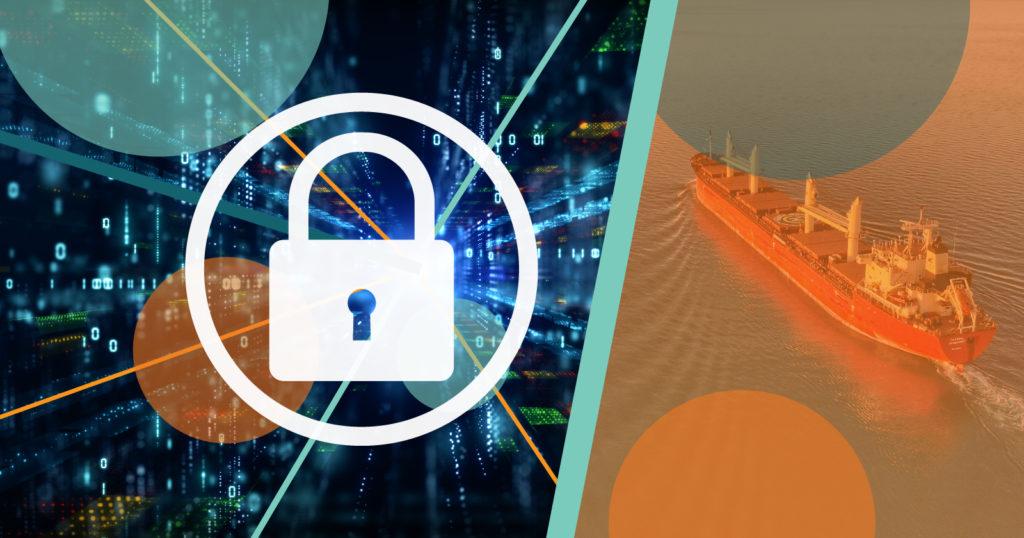Over the past few years, cyber-attacks and data leaks have become increasingly common. It’s to the point where many users are scrolling past headlines of data breeches nestled amongst news of COVID variants, monkeypox, natural disasters, and a whole lot more.
We’ll be honest. In a world that’s grappling with so many problems, it’s no wonder some things get lost in the shuffle. Still, we wouldn’t be doing our job if we didn’t bring the focus back to issues that can really impact our customers’ organizations…and that means we’re talking about data security.
Digital vs. Physical Documents
So, how does an organization make sure to keep its information safe? Well, our very first recommendation is to digitize it through a secure platform. Organizations who are still using physical paper to track operations may think this makes their information safe against online predators—and they’d be right…to a degree.
It’s true that physical pieces of paper can’t be hacked. But they can be dropped, stolen, picked out of trash cans, photographed, photocopied, lost…you get the point.
Knowing Your Weaknesses
Like any other part of business, it’s essential to know what you’re good at and where your vulnerabilities are when it comes to data security. For the most part, vulnerabilities fall into three categories: staff, software, and systems.
Staff
Staff can be tricky now that more people are working from home. But in this instance, it’s not impossible to manage data securely. Make sure your team is trained in your data security policies (and make a policy if you don’t have one). Then ensure they’re only accessing secure files on a company device, logging out when they’re finished, and updating their passwords regularly. If you have a system that can require passwords with numbers, letters, and special characters, all the better.
Software
A secure transport management software will make this easier, too. In fact, some TMSs are responsible for reporting any data breeches or security risks they may run into, which means your organization can react accordingly in the face of a breech. Just make sure your software is updated regularly and that it reflects your current vendors and staff. If you don’t have a process for removing old team members from your TMS, now’s the time to make one.
System
No, we’re not talking about a logistics system. We mean a data security system. Organizations should be physically and digitally secure. You can achieve this through physical locks, key cards, passwords, encrypted information, and more. This system should also create regular backups of the organization’s information on a secure server. That way, if a hacker does gain access, the information they view is encrypted, and the data itself is protected on an external source. Even if it’s deleted, it can be recovered.
Be Proactive
At the end of the day, your organization’s people and processes are the first lines of defense against data threats. It’s important to make sure employees receive regular training and any changes are communicated effectively across all levels of your team. Your TMSs should be secure and easy for your team to use. That way, your staff will be more likely to use the program, report any issues they have to leadership, and feel personally invested in protecting company data.
Our team uses a variety of security measures to keep both TOC’s and customers’ data protected. Want to learn more about the TMSs we offer for our customers’ benefits? Reach out to our team.

